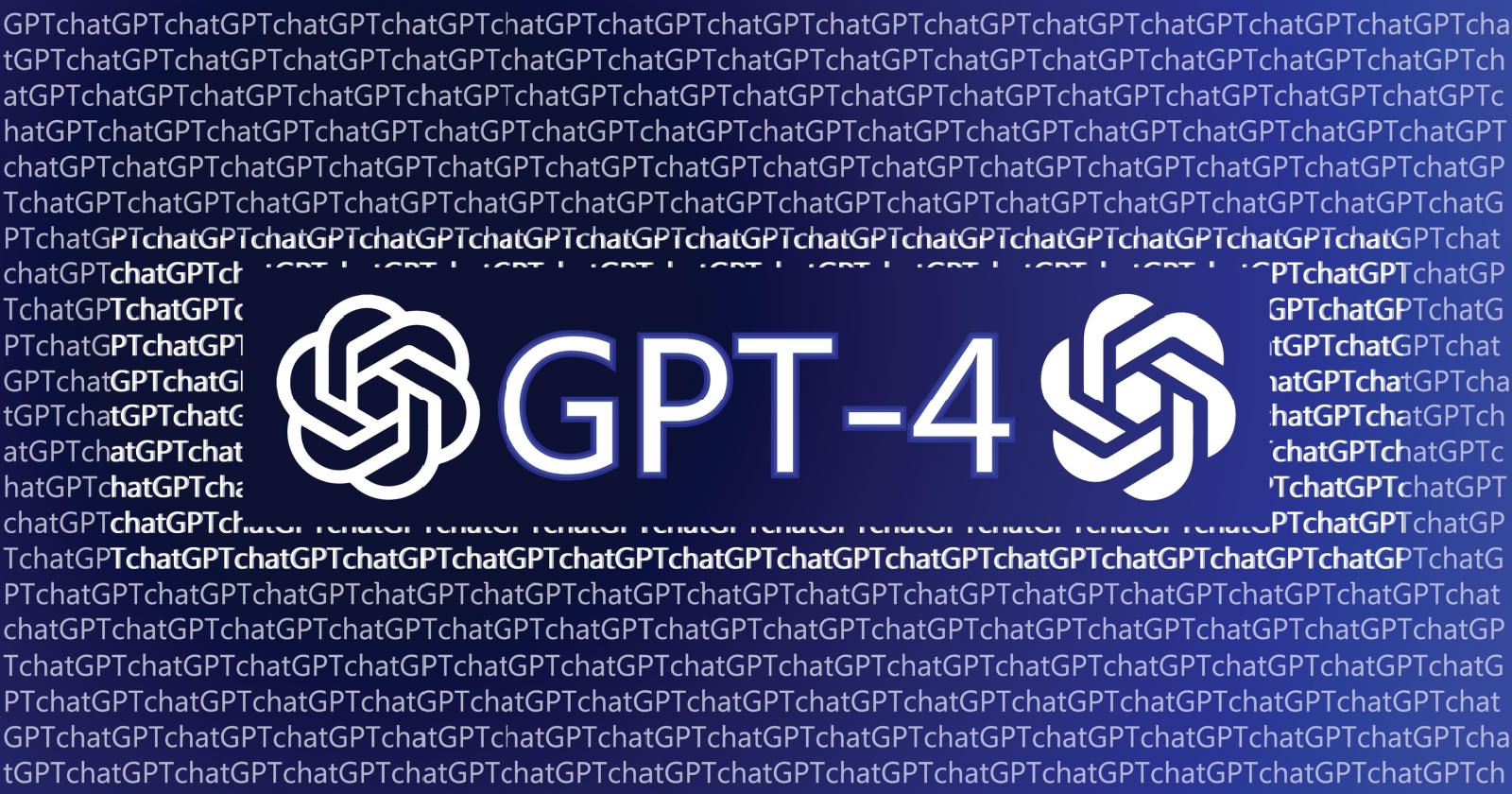
As the world continues to embrace the era of artificial intelligence, language models have become one of the most important technological advancements of our time. One such model that has been making headlines is the upcoming GPT-4, the fourth iteration of the highly acclaimed language model created by OpenAI.
GPT-4 is expected to be the largest and most powerful language model to date, with the ability to generate more coherent and human-like responses. This model is set to revolutionize various fields, including natural language processing, machine learning, and artificial intelligence.
What is GPT-4?
GPT-4, or Generative Pre-trained Transformer 4, is the latest iteration of OpenAI’s GPT series. It is a neural network language model that uses deep learning to understand and generate natural language. The model is trained on vast amounts of data, including text from books, articles, and websites, allowing it to analyze and understand language patterns.

The previous version, GPT-3, was released in June 2020 and is widely considered one of the most advanced language models to date. GPT-3 had 175 billion parameters, which is the highest among all language models. GPT-4, however, is expected to have a staggering 10 trillion parameters, making it the largest and most powerful language model yet.
What are the benefits of GPT-4?
GPT-4 has numerous benefits that will enable it to solve complex problems and generate more human-like responses. One significant benefit is that it will have the ability to generate coherent and more diverse text, making it ideal for tasks such as content creation, translation, and text summarization.
Moreover, GPT-4 is expected to have better language understanding, enabling it to respond to complex queries and tasks more accurately. This model will also have the ability to understand and interpret context, making it more adept at generating natural language responses that match the given context.
What are the potential applications of GPT-4?

The applications of GPT-4 are numerous and vast, ranging from simple chatbots to complex scientific research. One of the most significant applications is in the field of natural language processing (NLP), where it will be used to improve machine translation, text summarization, and speech recognition.
GPT-4 will also be useful in content creation, where it can generate unique and high-quality content for various purposes, such as marketing and advertising. Additionally, it can be used in scientific research, where it can analyze and process large amounts of text data and generate insightful conclusions.
Conclusion
In conclusion, GPT-4 is the next generation of language models that will take artificial intelligence to the next level. With its massive parameter count and advanced capabilities, it has the potential to revolutionize various fields, including natural language processing, machine learning, and artificial intelligence. As we eagerly await its release, we can only imagine the possibilities that this powerful language model will bring to the table.



